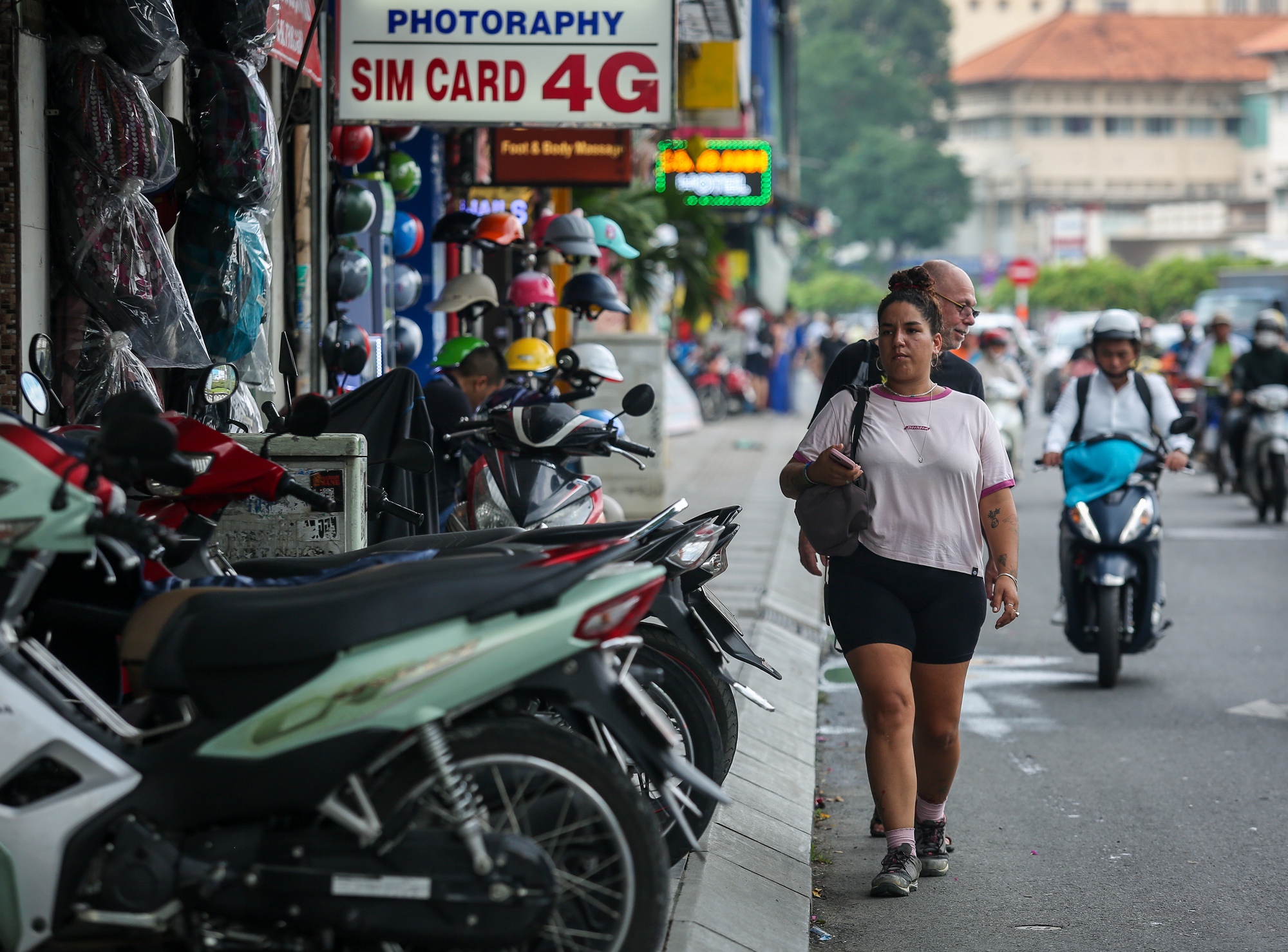
After local surveys, there will be routes that are allowed to park vehicles for free, but there are also areas where individuals or organizations must rent parking spaces.
Accordingly, in District 1, there are 52 sidewalks that are eligible for partial use for business activities, trading goods and 12 for paid parking. These are streets with sidewalks 3m or more wide, in which the business and trading areas will be located on the residential side. The remaining sidewalk for pedestrians must be at least 1.5m wide and continuous (not including the scope of tree roots, green space and the area for arranging technical infrastructure on the occupied sidewalk).
Specifically, the routes proposed by the district are: Bui Thi Xuan, Cao Ba Quat, Chu Manh Trinh, Co Bac, Cong Quynh, De Tham, Dien Bien Phu, Dinh Tien Hoang, Hai Ba Trung, Ham Nghi, Ho Tung Mau, Le Thanh Ton, Ly Tu Trong, Nguyen Cu Trinh, Hoang Sa...
In District 10, the locality also reviewed and proposed a list of 28 streets with sidewalks 3m wide or more that are eligible for partial use to organize toll-free non-traffic activities, such as: Ngo Gia Tu, Nguyen Tri Phuong, Ly Thai To, Hung Vuong, Vinh Vien, Ba Hat, Le Hong Phong, Su Van Hanh, Nguyen Chi Thanh, Tran Nhan Ton, Ngo Quyen, Dao Duy Tu, Ba Thang Hai, Ly Thuong Kiet...
Similarly, District 11 also has 17 wide sidewalk routes, included in the list of routes that can organize free parking for two-wheeled vehicles and one route for paid parking, such as: Ba Thang Hai, Hong Bang, Minh Phung, Hoa Binh, Lac Long Quan...
After collecting a complete list of routes from districts, Thu Duc City, the Department of Transport will review with related units before agreeing on implementation.
Previously, the HCM City Department of Transport sent a document guiding the management and temporary use of a part of the roadway and sidewalk in the area to districts, towns, and Thu Duc City. The leaders of the city's transport sector emphasized that the main purpose of sidewalks is to serve pedestrians. Only licensed places can be used, for example, funerals and weddings that use the sidewalk must have a license. Where self-managed parking is allowed, the locality must announce the scope and area of each road. As for temporary use for business rental purposes or parking lots, a list must be created, a plan must be made, people's opinions must be consulted, and the plan must be finalized.
Once the list of eligible routes is announced, people will register; only after the district approves the plan will they be allowed to use it. Thus, sidewalks that do not have a plan or are not on the temporary use list must be reserved for pedestrians. If businesses or organizations encroach on the sidewalk, use it without a license, without paying rent, or without a permit, the locality must handle the violation according to regulations.
Source link



![[Photo] Prime Minister Pham Minh Chinh receives Mr. Jefferey Perlman, CEO of Warburg Pincus Group (USA)](https://vstatic.vietnam.vn/vietnam/resource/IMAGE/2025/4/18/c37781eeb50342f09d8fe6841db2426c)








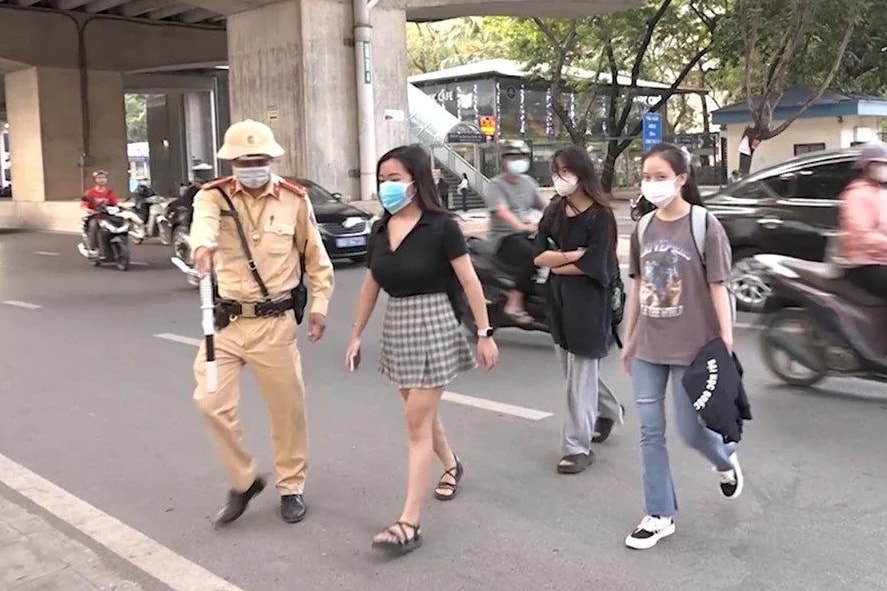
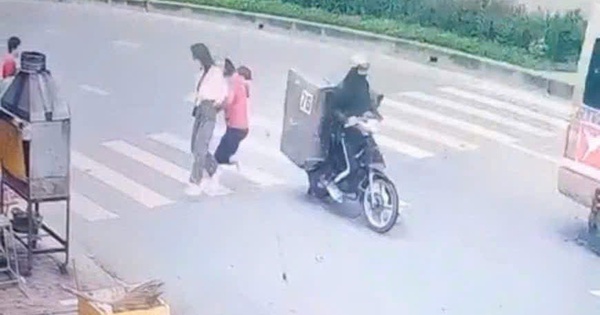

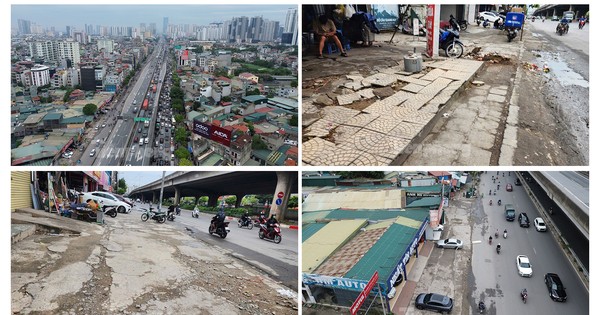











































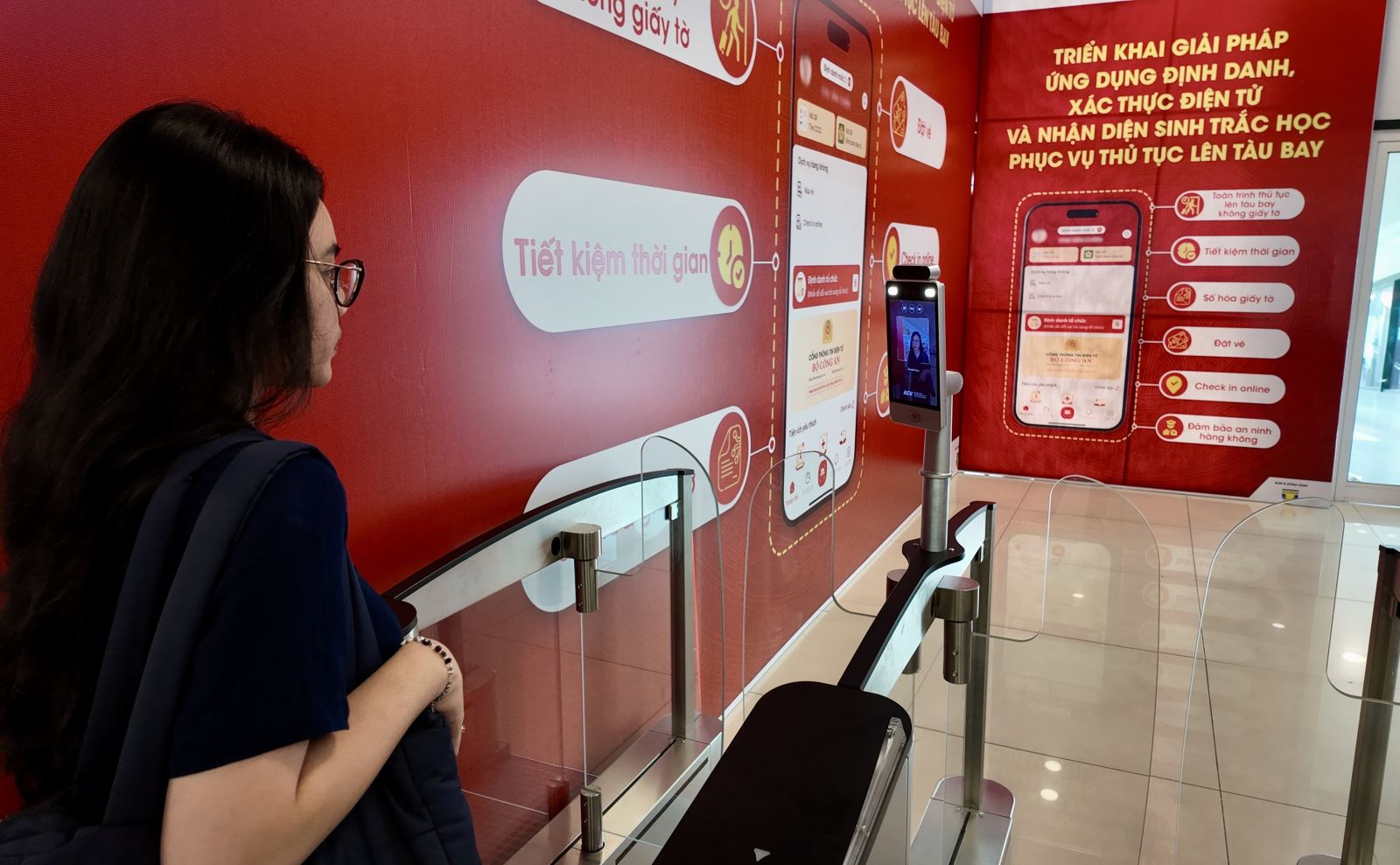








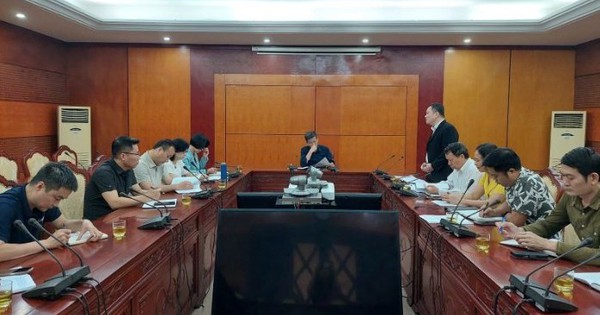





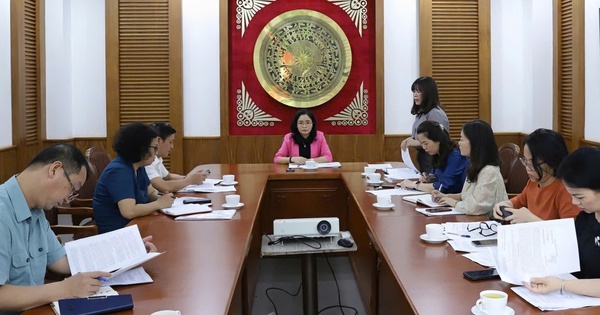





















Comment (0)